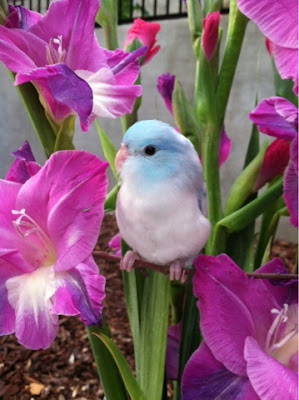Parrotletbirds Social Networks
Already using Twitter on your iPhone, Android, or Computer? Get short, timely Tweets from Parrotletbirds Aviary. Twitter is a rich source of instantly updated information. It’s easy to stay updated on an incredibly wide variety of Pacific Parrotlet topics. Join us today and follow @ Parrotletbirds. https://twitter.com/parrotletbirds/
Flickr is the best photo sharing application in the world. View more than 4,000 photos of the Parrotlets we have raised over the last 10 years. With billions of photos, Flickr is a place of amazing photography with endless possibilities. Explore the world of possibilities, share your stories, and be inspired. View Parrotletbirds Aviary photos and have a conversation through comments, favorites, notes and more. http://www.flickr.com/photos/parrotletbirds/
Connect with Parrotletbirds to view over 10,000 photos of the Parrotlets we raised over the course of 10 years, "Like" by more than 1,275 people, interact with near 3,000 and growing Parrotletbirds Facebook Friends, participate in discussions, write, read, and comment on our wall, “meet” our Adoptable, Adorable Pet Quality Hand-Fed Baby Pacific Parrotlets, read stories, feedback and testimonials submitted by our satisfied customers, and so much more. Lets be friends. http://www.facebook.com/parrotletbirds
Sometimes photos and words just aren’t enough. So we’ve attempted to capture the quality, character, and spirit of our Pacific Parrotlets we raise and the love we have for animals with some of our videos. Parrotletbirds has over 615 subscribers, 180 videos which have been viewed over 1,025,000 times and counting. We encourage you to Subscribe to Parrotletbirds channel Today! http://www.youtube.com/parrotletbirds























